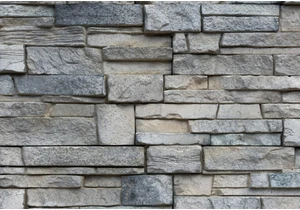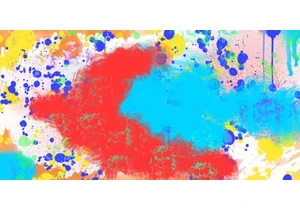My 2020 was colored by the considerable amount of time I spent analyzing data about CSS usage in the wild, for the CSS chapter of the Web Almanac, by the HTTP Archive. The results were eye-opening to me. A wake-up call of sorts. We spend so much time in the bubble of bleeding-edge tech that we lose touch with how the web is really built. Most of the web favors old, stable tech instead of new bling. CSS-in-JS? Only … Read article “How The Web is Really Built”
The post How The Web is Really Built appeared first on CSS-Tricks. You can support CSS-Tricks by being an MVP Supporter.
Chcete-li přidat komentář, přihlaste se
Ostatní příspěvky v této skupině

Parallax is a pattern in which different elements of a webpage move at varying speeds as the user scrolls, creating a three-dimensional, layered appearance. It once required JavaScript. Now we have

Today, I want to discuss a couple of patterns for naming color palettes that the community is using, and how I propose we can improve, so we achieve both flexibility and beauty.


I went on to figure out how make masonry work today with other browsers. I'm happy to report I've found a way — and, bonus! — that support can be provided with only 66 lines of JavaScript.
<hr


Brad Frost introduced the “Atomic Design” concept wayyyy back in 2013. He even

Chrome 139 is experimenting with Open UI’s proposed Interest Invoker API, which would be used to create tooltips, hover menus, hover cards, quick actions, and other types of UIs for showing more in
